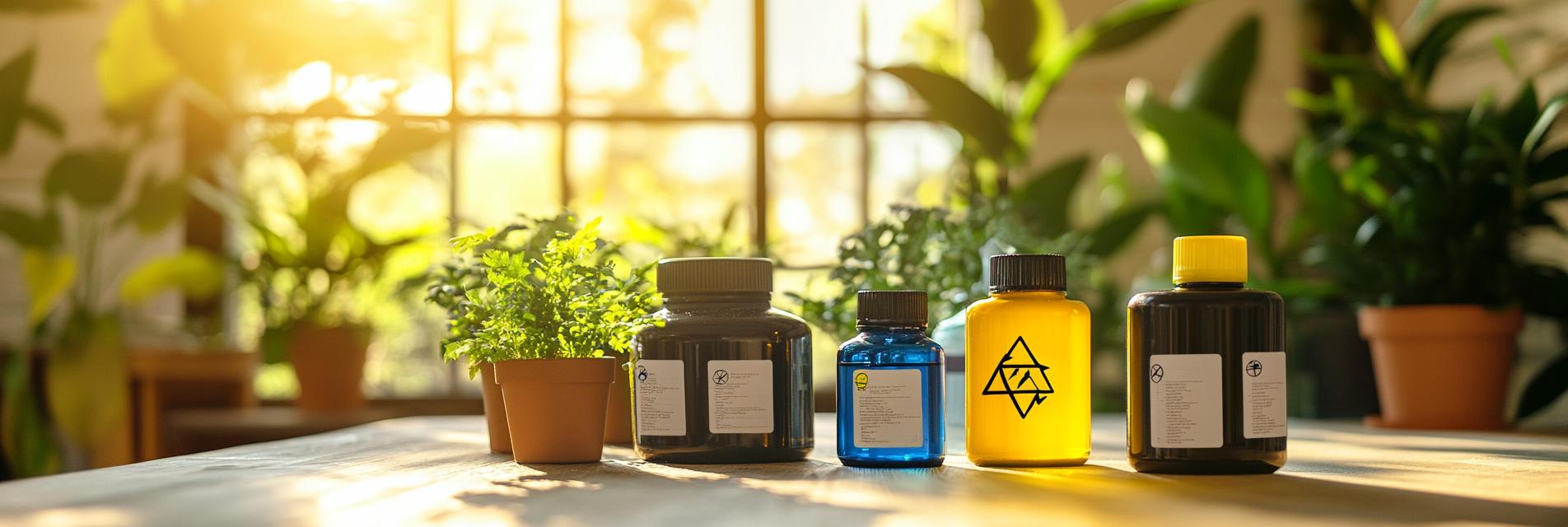As someone with a passion for sustainability and compliance, I've seen first-hand the vital role that chemical products play in our daily lives. Yet, with great power comes great responsibility—especially when it comes to understanding their environmental impact. So, how do we assess this impact while keeping our sanity intact? Let’s dive into some best practices to make this easier, or at least slightly more enjoyable! 😄

Before you can even begin to evaluate the impact of chemical products, you need to gather as much information as possible. This includes the ingredients, usage, and disposal methods. I like to think of this step as peeking behind the curtain—what’s the magic happening in that formula? 🎩✨
Once you’ve got your data, it’s time to prioritize sustainability. More than ever, companies are looking to integrate green practices into their production processes. Consider using renewable materials, reducing emissions, and optimizing energy efficiency. Think of it as a makeover for your product—who doesn’t love a little glow-up? 🌍💚
It’s not all sunshine and rainbows, right? Identifying the risks associated with chemical products is essential. Create a risk assessment framework that considers potential environmental hazards. A little planning goes a long way—like having an umbrella on a cloudy day! ☔️
Navigating the sea of regulations can feel overwhelming. But fear not! Stay updated with local and international regulations regarding chemical products and their environmental effects. This not only protects the environment but also safeguards your business from legal storms. 🌪️
In conclusion, assessing the environmental impact of chemical products is not just a checkbox activity—it’s an essential part of corporate responsibility. By embracing transparency, sustainable practices, risk management, and regulatory compliance, we can ensure a healthier planet for future generations. And who knows, you might even have a little fun along the way! 🌱
